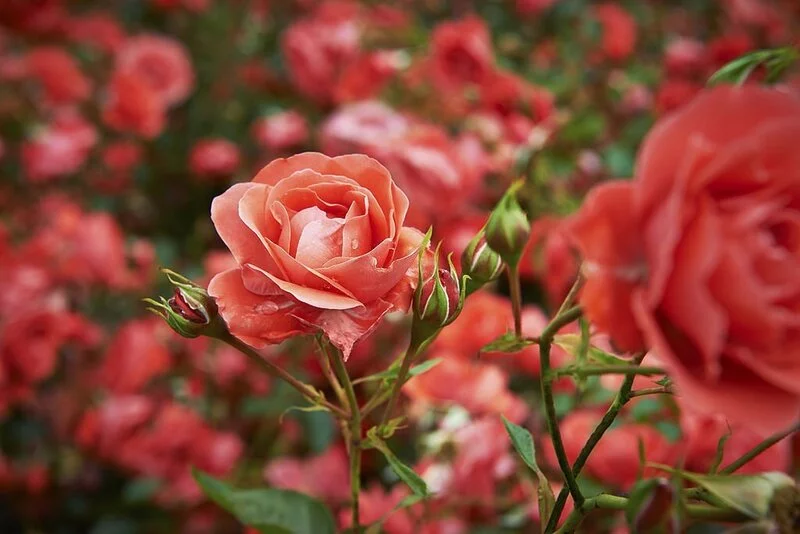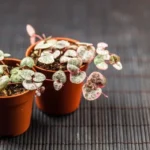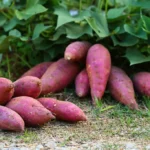So, you’ve been nurturing your rose bushes, waiting to see the buds bloom into gorgeous, velvety roses, only to find the leaves mysteriously stripped away. It’s like a thriller movie taking place right in your backyard, and you’re left wondering: Who’s the culprit? In the world of gardening, it’s not uncommon to face such surprises. Let’s put on our detective hats and dive into the possible reasons behind this leaf stripping mystery.
- INSECT KILLER: Kills Aphids, Caterpillars, Whiteflies, Japanese Beetles, and more on contact
- 30 DAY PROTECTION: Protects against listed insects for up to 30 days
- USE ON: Roses, flowers, plants, and even houseplants
- RAINPROOF PROTECTION: Rainproof within 1 hour of application
- COVERAGE AREA: Treats up to 34 plants
Common Pests That Strip Rose Leaves
When it comes to rose plants, several pests might be behind the disappearing leaves act. Here are some of the usual suspects:
- Japanese Beetles: These small insects have metallic blue-green heads, coppery brown wings, and are infamous for their love of roses. They can skeletonize the leaves, leaving only the veins behind.
- Rose Slugs: Don’t let their name fool you. Rose slugs are not slugs but the larvae of sawflies. They look like small, green caterpillars and can munch away the soft tissue of the leaves, leaving behind a lacy network.
- Aphids: These tiny bugs are a common sight on roses. They suck the sap from the leaves, which may not strip the leaves entirely but can cause them to become yellow and distorted.
- Caterpillars: Some species of caterpillars enjoy feasting on rose leaves. They can strip the leaves entirely, leaving just a bare stem behind.
Remember, the first step in solving any problem is identifying the cause. So, keep a watchful eye on your rose bushes to spot these pests.
Diseases That Cause Leaf Loss in Roses
While pests are a common cause of leaf stripping, certain diseases can also lead to similar symptoms in your rose bushes.
- Black Spot: This fungal disease is one of the most common and destructive diseases for roses. It causes dark spots on the leaves, which eventually turn yellow and fall off.
- Rust: Another fungal disease, rust, causes orange-red blisters on the underside of leaves. If left untreated, it can lead to severe leaf drop.
- Powdery Mildew: This disease gives the leaves a white, powdery appearance, causing them to curl and drop prematurely.
If you see signs of these diseases, it’s best to take action quickly to protect the rest of your plant.
Environmental Factors Resulting in Stripped Rose Leaves
Sometimes, it’s not the creepy crawlies or diseases causing havoc with your roses, but rather the environment itself.
- Harsh Weather Conditions: Stormy weather or high winds can physically damage the leaves, causing them to break off.
- Nutrient Deficiency: If your roses aren’t getting the right nutrients, they can lose their leaves. Lack of nitrogen, in particular, can result in yellow leaves that fall off prematurely.
- Water Stress: Both underwatering and overwatering can lead to leaf drop. Roses need a just-right Goldilocks amount of water to stay healthy.
Now that we’ve investigated the possible culprits, it’s time to dive into how to protect your beloved roses from leaf stripping.
- FOR USE ON: Use Rose-tone organic fertilizer for all types of roses including knockouts, and climbers. Also, for flowering plants including viburnum, bougainvillea & clematis.
- CONTAINS: Rose-tone is a rich blend of the finest natural & organic ingredients enhanced with our exclusive Bio-tone formula; 4-3-2 Fertilizer analysis with 5% calcium. Rose-tone is environmentally Safe – No sludges or toxic ingredients.
- WHEN / HOW TO USE: Best to use Rose-tone fertilizer monthly through the growing season; generally, May through September. Apply to the soil around the drip line of the plant and then water thoroughly. Rose-tone is ready to use and requires no mixing.
- FOR ORGANIC GARDENING: Rose-tone is approved for organic gardening; It is a registered Organic Input Material meaning it meets all requirements for organic production.
- MADE IN THE USA: Product of the Espoma Company. The leader in natural organics since 1929.
How to Protect Your Rose Leaves
Prevention is always better than cure. Here are some proactive steps to safeguard your rose leaves:
- Regular Inspection: Keep a close eye on your roses. Regular inspections can help you spot pests or disease symptoms early, making them easier to treat.
- Proper Watering: Maintain a consistent watering schedule. Roses typically need about 1 inch of water per week during the growing season. Make sure you’re watering at the base of the plant to prevent fungal diseases.
- Balanced Fertilizing: Use a balanced rose fertilizer to ensure your roses are getting all the nutrients they need. Remember, over-fertilizing can be just as harmful as under-fertilizing.
- Pest Control: If pests are the problem, consider introducing beneficial insects like ladybugs that prey on them. For severe infestations, you may need to use an insecticide.
- Disease Control: For fungal diseases, make sure there’s good air circulation around your roses, remove any diseased leaves promptly, and consider using a fungicide if necessary.
Conclusion
Gardening is a labor of love, and seeing your roses flourish is one of the most satisfying rewards. It can be disheartening to find your rose leaves stripped, but don’t lose heart. With a little detective work and proactive care, you can protect your roses from pests, diseases, and environmental stresses. So, gear up, fellow gardener, because your roses need you. And remember, every thorn is worth the beautiful bloom that follows.





